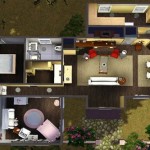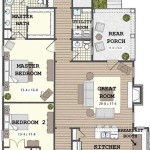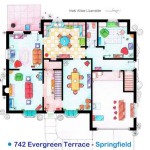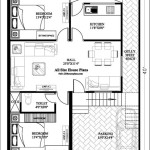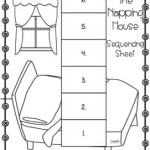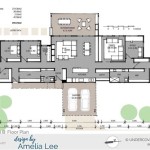Essential Aspects of DIY Room Addition Plans
Embarking on a DIY room addition project can be a fulfilling and cost-effective endeavor. However, meticulous planning is paramount to ensure a successful outcome. Here are crucial considerations for creating comprehensive DIY room addition plans:
Define the Scope and Purpose
Clearly outline the goals and intentions of the room addition. Consider the intended usage, whether it's for additional living space, a home office, or a guest bedroom. This will guide the design and layout.
Zoning and Building Codes
Consult local zoning laws and building codes to determine the feasibility of the addition. Verify setbacks, lot coverage, and height restrictions. Ensure the planned addition adheres to these regulations.
Detailed Design
Create detailed architectural drawings, including floor plans, elevations, and cross-sections. These drawings should accurately depict the addition's dimensions, layout, and materials to be used. Include window and door placements, as well.
Materials Selection
Choose appropriate materials for the walls, roofing, flooring, and windows. Consider energy efficiency, durability, and cost. Consult with professionals if necessary to ensure material compatibility.
Structural Considerations
Determine the necessary structural support for the addition. This may involve reinforcing existing walls, adding load-bearing beams, or creating a new foundation. Seek professional guidance for complex structural modifications.
Utilities and Systems
Plan for the integration of essential utilities, including electricity, plumbing, heating, and air conditioning. Determine the location of outlets, switches, and HVAC units. Consider energy conservation measures.
Roofing and Exterior
Design the roof to complement the existing structure and provide adequate drainage. Choose roofing materials that are weather-resistant and energy-efficient. Pay attention to exterior finishes and siding to ensure a cohesive appearance.
Interior Finishes
Plan the interior layout, including the placement of walls, doors, windows, and built-ins. Select flooring, paint colors, and lighting fixtures that complement the intended purpose and personal preferences.
Budget and Timeline
Establish a realistic budget and timeline for the project. Include the cost of materials, labor, permits, and inspections. Allow for unexpected expenses and delays.
Professional Assistance
Consider hiring a licensed architect or structural engineer for complex designs or structural modifications. They can provide expert guidance and ensure adherence to building codes.
Conclusion
By meticulously addressing these essential aspects, you can create comprehensive and workable DIY room addition plans. Remember to take the time to plan and consult professionals when necessary to ensure a successful and satisfying project.

20x20 Room Addition Cost And Tips On Design Consideration

Armchair Builder Resources Home Additions Built By Owner Do It Yourself And Save Big

How To Save A Fortune Building Home Addition Simply Additions

4 Reasons To Consider A Room Addition Medford Design Build

Want To Get A Room Addition 4 Questions Ask Yourself Esv Prime Construction Specialists

Four Types Of Additions To Add More Space

So Why Build A Custom Home Building Allows You To Design And Own That Construction Your House Remodeling Contractors

Diy Sunroom Kits Kit Gallery Do It Yourself Sun Designs House Exterior Addition

Creating More Room Home Addition Ideas For Small Homes Novacon Construction

How To Build Lean Addition Free Leanto Roof Plans

